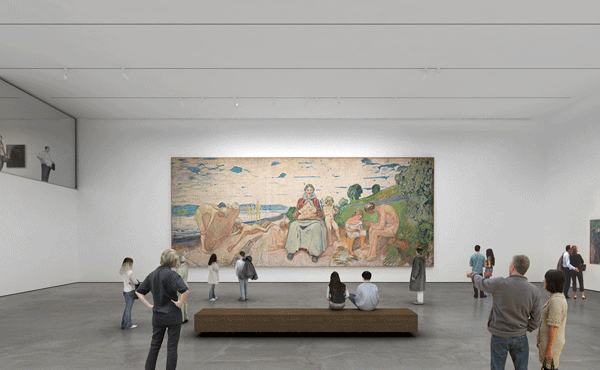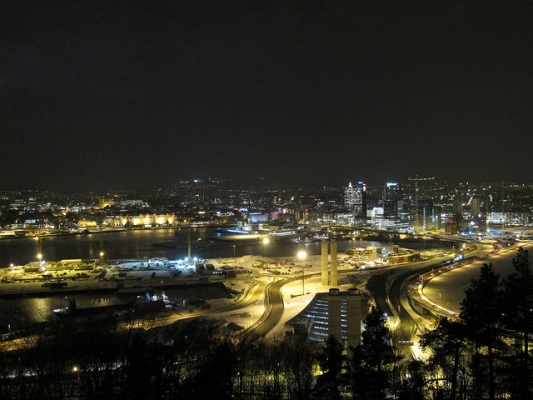
It’s safe to say that great cities have great architecture … Sydney’s Opera House, Paris’ Eiffel Tower, Spain’s Bilbao Museum. These few brilliant examples have certainly put these cities on the map. But beyond that, great buildings have a personality of their own and don’t just meld into a place but define it, and if they’re really great they become integrated into the city. People grow to love them and become attached to them as do the tourists.
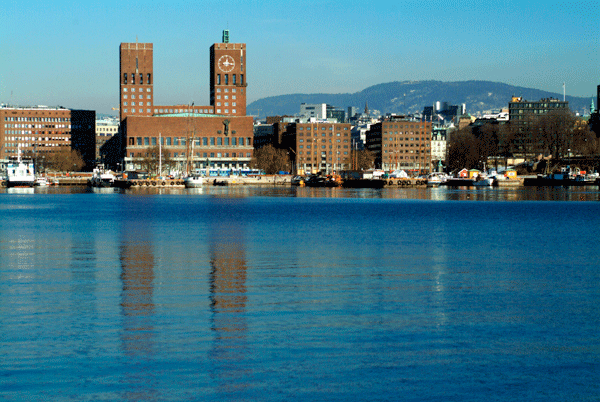
So if you’re wondering where great architecture has recently found a home and where it’s evolving and growing, be on the watch for Oslo. The compact capital of Norway is currently the fastest growing city in Europe. Folks might not think of Oslo for its architecture, but they should. Take, for example, its Rådhus or City Hall, a 1930’s structure whose characteristic architecture makes it one of Oslo’s most famous buildings. We got word from an insider that people either love it or hate it but nobody is on the fence, that’s for sure. Then there’s 2007’s Opera House, a beacon of white marble designed by the Norwegian firm Snøhetta that has been plunked into the Oslofjord and looks as if it has risen from the water. Lastly, 2012’s auspicious debut of the new Astrup Fearnley Museum, designed by starchitect Renzo Piano and built in Tjuvholmen, Oslo’s hottest waterfront neighborhood, seems to be a magnet for both tourists and residents alike. Make no mistake; it has definitely given the surrounding neighborhood a certain level of clout.
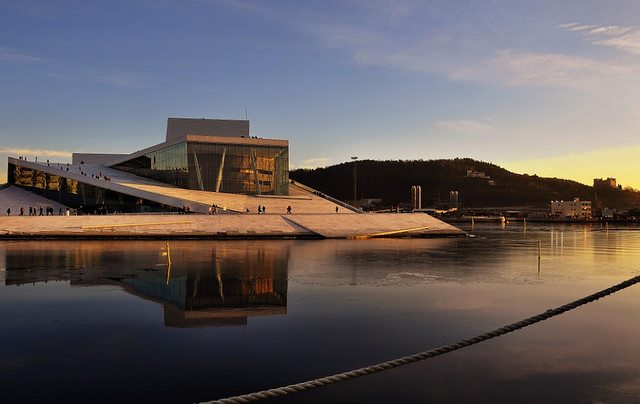
Cue the entrance of the new Munch Museum. As of June 5th the plans were approved after a lengthy four year dispute which covered everything from the cost to the location.
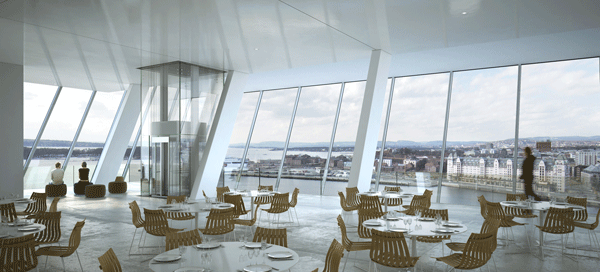
The new structure will be in Bjorvika, Oslo’s eastern waterfront and a stone’s throw from the Opera House, seeming to follow in its footsteps by embracing a modernist design. The 12,000 sq. ft. glass structure was originally going to be built in the residential area of Toyen, the current location of the old Munch Museum. When Munch died in 1944 he left his vast collection of works including two versions of The Scream to the city. To thank him, the city will spend an estimated $279 million on this one so it’s no small potatoes.
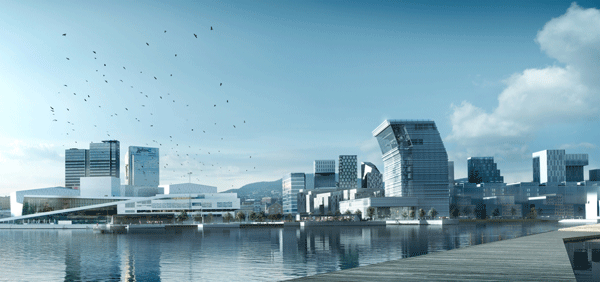
The Spanish firm Herreros Arquitectos won the contract with their design for the project which looks to have its finger on the pulse of Oslo’s architectural legacy. What’s next? By the looks of all the building going on in and around Oslo, it’s clear that Munch’s city (with no less than 50 museums) has no plans to take a back seat to the rest of Europe’s cultural capitals.
